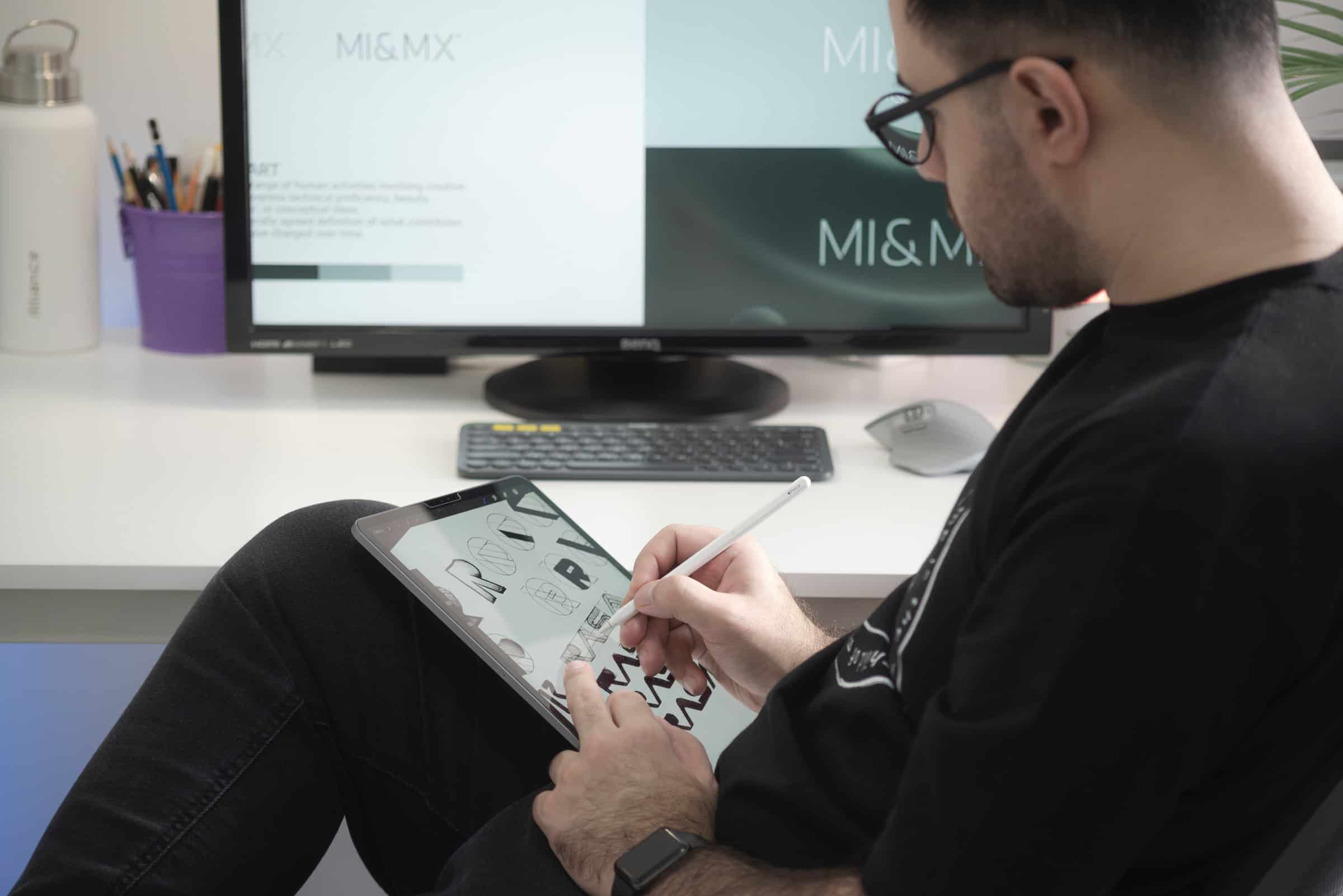Creating an infographic for the web is tricky if you don’t know how to do it well. Otherwise, it can become too confusing or simply a lazy form of content.
As a result, we end up with poorly designed, unattractive infographics. While these can work with the proper context, they’ll never make an impression.
In this guide, we’ll share five tips for designing infographic art that works and looks great too! Read on!

-
Simplify Complex Information
Infographics are meant to make it easier for people to understand complicated facts and information. Divide the information into short, easy-to-understand pieces.
To organize information, use clear headers, subheadings, and bullet points. Create a structure that utilizes graphs, charts, and diagrams to present them effectively and concisely. There are many types of infographics, so make sure to use the right one for better organization.
-
Choose Appropriate Colors and Fonts
The colors used should be chosen carefully and reflect the intended feeling and overall message of the infographic. For example, if the infographic concerns an environmental issue, selecting a color palette with cool and earth tones can help evoke the correct emotion.
Font selection is also important for readability and aesthetic appeal. Fonts should be chosen that are easy to read and correspond with the infographic’s topic. Combining classic fonts, such as serif and sans serif, could work well with a simple design.
-
Focus On Visual Hierarchy
Visual hierarchy is how the elements and visuals of the infographic are placed and layered according to their importance. The viewer’s eye should be able to scan the design and quickly absorb its information.
Ensure that the most essential information is highlighted and the key takeaways are emphasized. Choose elements that all work together to create a cohesive, aesthetically pleasing design. To create infographics with ease, take advantage of templates available online that already generate the layout for you.
-
Balance Text and Graphics
Designing an infographic art requires a careful balance between text and infographic photos. Too much content or too many visuals will make your design look cluttered.
Use text sparingly, focusing on concise and impactful statements. Visuals should support and complement the text, helping to reinforce the message.
Ensuring the elements are appropriately organized will help to keep the reader engaged and informed. The text should be large enough to be easily read, while the graphics should be easily visible.
-
Optimize for Accessibility and Shareability
When making your infographic design, ensure that your chart can be read by many people, including those with visual impairments. Give images alternative text, use captions that explain the image, and ensure the colors have enough contrast to be read.
Also, make the infographic in a style and resolution that makes it easy to share on social media, websites, presentations, and other platforms and devices. Ensure that all the images you use are high quality and optimized for desktop and mobile devices.

Create Eye-Catching Infographic Art With Ease
Infographics are a great way to condense and logically present information in an intuitive image. With creative thinking, online tools, and an understanding of design principles, one can create beautiful infographic art with compelling visual storytelling.
Use color, fonts, and graphics judiciously and deliver a riveting story. Try these tips out today to create stunning and compelling infographics!
Want to know more about creating excellent content? Check out more of our tips here.